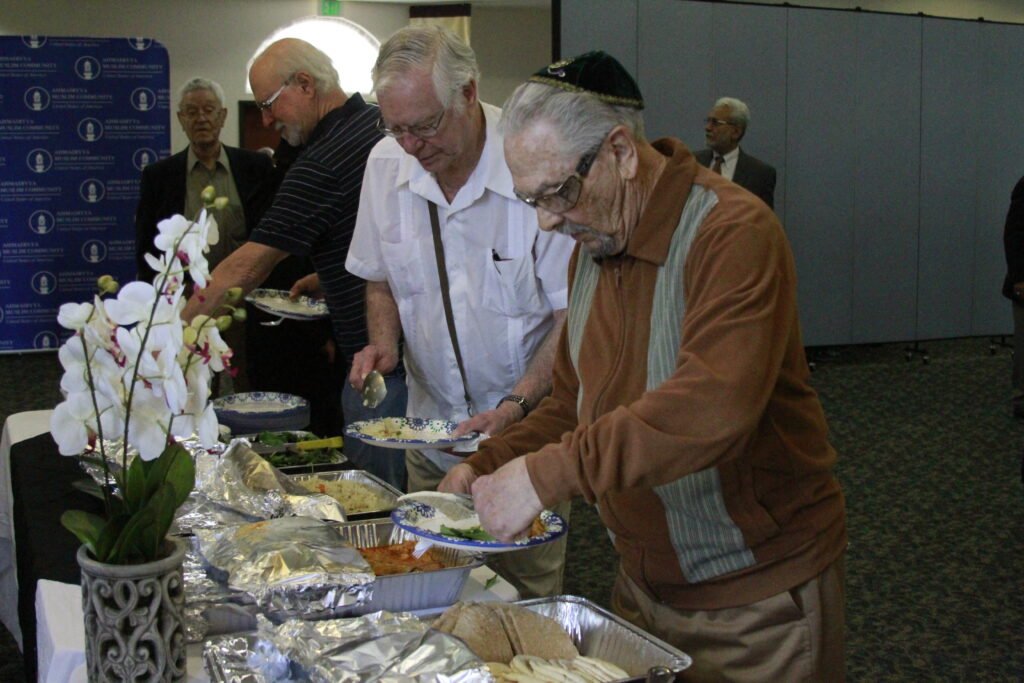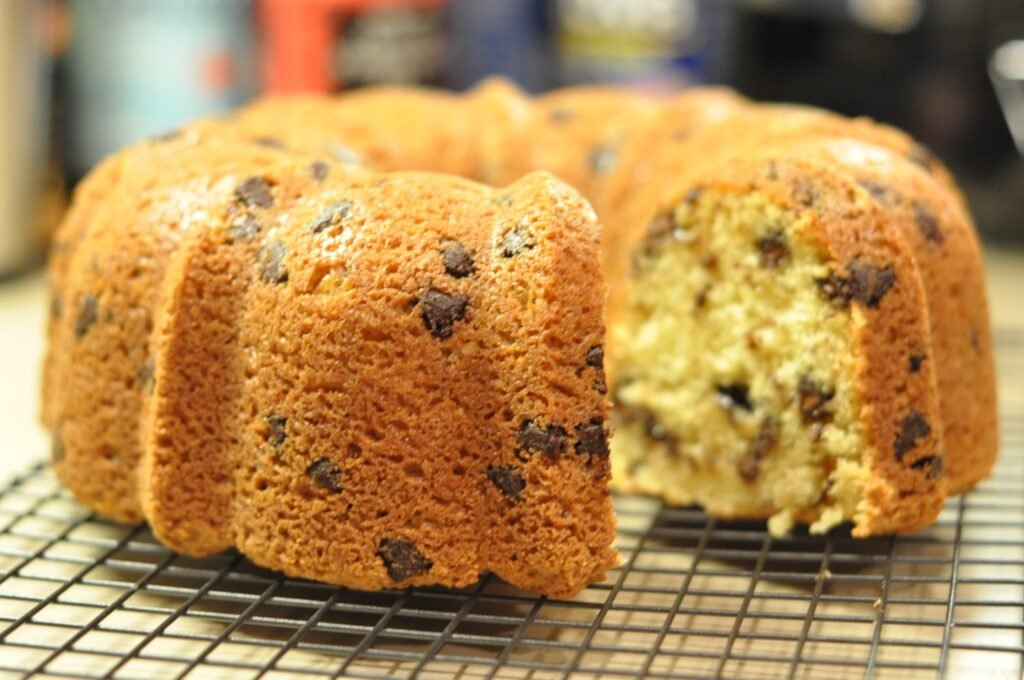Yes, that’s right. Morocco has a Jewish history. For over 2,500 years in fact, the Jews have coexisted – mostly peacefully – in Morocco. There are Jewish cemeteries in every town, and a Jewish neighbourhood. They have unsurprisingly had a significant impact on the Moroccan culture, including the cuisine.
This is what has been explained to me.
Original Moroccans
The original people in the Moroccan region were called Berber or Amazigh. But the Berbers aren’t unique to Morocco. The Maghreb region runs across northern Africa including Libya and Algeria, and parts of Tunisia, Mauritania, Mali and the Niger. These people have lived in these areas for more than 20,000 years.
Morocco is in a prime location on the gateway to the Mediterranean. As you would expect, its had a constant flow of invaders, although not consecutively. Sometimes the invasions overlapped, sharing different parts of the Maghreb region from these approximate dates:
800 BCE – The Phoenicians
500 BCE – The Carthaginians
300 BCE – The Mauritanian Kingdom
40 CE – The Romans
Followed by the Vandals, the Byzantines, the Arabs and various European nations, especially France.

The First Wave of Jews
Jews have been coming to Morocco for 2,500 years, but at first it was a small number coming for trade.
The first significant influx of Jews came after the destruction of their second temple in Jerusalem in 70 CE. Between that and a failed Jewish revolt in 140 CE, both resulting in persecutions and banishment, many Jews found their way to Morocco where they coexisted with the Berber people for many centuries.
The Islamic Phase
Another constant flow of Jews came with the Arabs in the 700s after the start of Islam. Between both groups fleeing persecutions, and a wish to spread Islam in the case of the Arabs, both groups emigrated westwards across northern Africa to Morocco, and then northwards into Spain, especially in the 800s. These Arabs were the ones we know of as the Moors.
Again, it was a peaceful coexistence. In Spain it was reflected by the Moorish architecture in cities like Granada, cordoba, and Seville.

The Second Wave of Jews
This second wave of Jews came not from the East but from Spain in the North. In 1492, the Jews and the Muslims were forced by Queen Isabelle’s Alhambra Decree to convert to Christianity. As a result, most of them left. Half of the Jews fled to the east, to places like Turkiye. The rest fled south with the Moors, back to Morocco.
The Jewish Impact
The Jews continued to live peacefully with the locals, even incorporating a lot of Arabic into their language, making it a unique dialect even today.
They also brought many skills as expert artisans in crafts that were not yet common in Morocco.
Food
Every time you visit one of the bakeries full of the amazing biscuits, you may be eating something from this Jewish heritage. The Jews loved almost anything that included dates – not only stuffed dates, but date stuffing. Quite a few biscuits have a filling based on dates and spices, which are wrapped in pastry with pretty markings on them.
 The almonds seem to have also been a favourite of the Jews, and I’ve been told that almost (if not all) of the almond sweets are Jewish in their origins. Even if not, they and the influx of Arabs have certainly had an influence on them.
The almonds seem to have also been a favourite of the Jews, and I’ve been told that almost (if not all) of the almond sweets are Jewish in their origins. Even if not, they and the influx of Arabs have certainly had an influence on them.
There is also a street dish called caliente. In Spanish ‘caliente’ means hot. The story is that a new arrival from Spain, who didn’t speak Darija, just called out ‘Caliente, caliente!’ in imitation of the fish marketers, and the name stuck.
The street seller will have a stack of big flat circular silver pannikins, each with a big round baked ‘pie’ made from chick peas. He cuts off a piece and serves it on a piece of paper or in a baguette, seasoned with salt and cumin.
It is definitely something you should try!

The Artisan
The Jews who came with the 1492 wave also brought with them many skills which they passed on to the local tradespeople. They taught them how to make shoes and cut hair, seamstress skills, the making and mending of clothes, as well as their skills as goldsmiths, silversmiths and makers of jewellery.
Mimouna
This is a festival celebrated at the end of the Jewish Passover, and unique to the Maghrebi-Moroccan Jews. Wherever in the world you come across this celebration, you can be sure those Jews originated from here.
There are certain foods such as Hametz or leavened items like bread and cake which may not be eaten during the Passover week. Following the last day they have a special feast. It often includes their unique version of the tagine.

The ‘End’
By the 1940s and 1950s there were 250,000-350,000 Jews living in Morocco, many in the coastal town of Essaouira near Agadir. Many left in 1948 when Israel was created. This happened again in the 1960s through a clandestine project supported by the authorities of Israel amongst others, where a payment was made to Morocco for every Jew who left Morocco and resettled in Israel. 97,000 Jews did this in the 60s via this program.
From 1948 through to the present over 270,000 Moroccan-Maghrebi Jews left Morocco and went to Palestine. They make up the second-largest community of Jews now in Palestine.
Now go for another wander through the medina and check out these crafts which have their origins with Morocco’s Jews. Collect yourself a tasty little snack of the almond and date biscuits. Grab a slice of caliente. Better still, check to see what cooking events there are at Blue Door Cuisine. Learn how to make some of these biscuits and pastries, or some other delicious Moroccan dish. What better way to spend a day in Tangier!!!
If you enjoyed this blog, check out others also written by OzzyHopper



